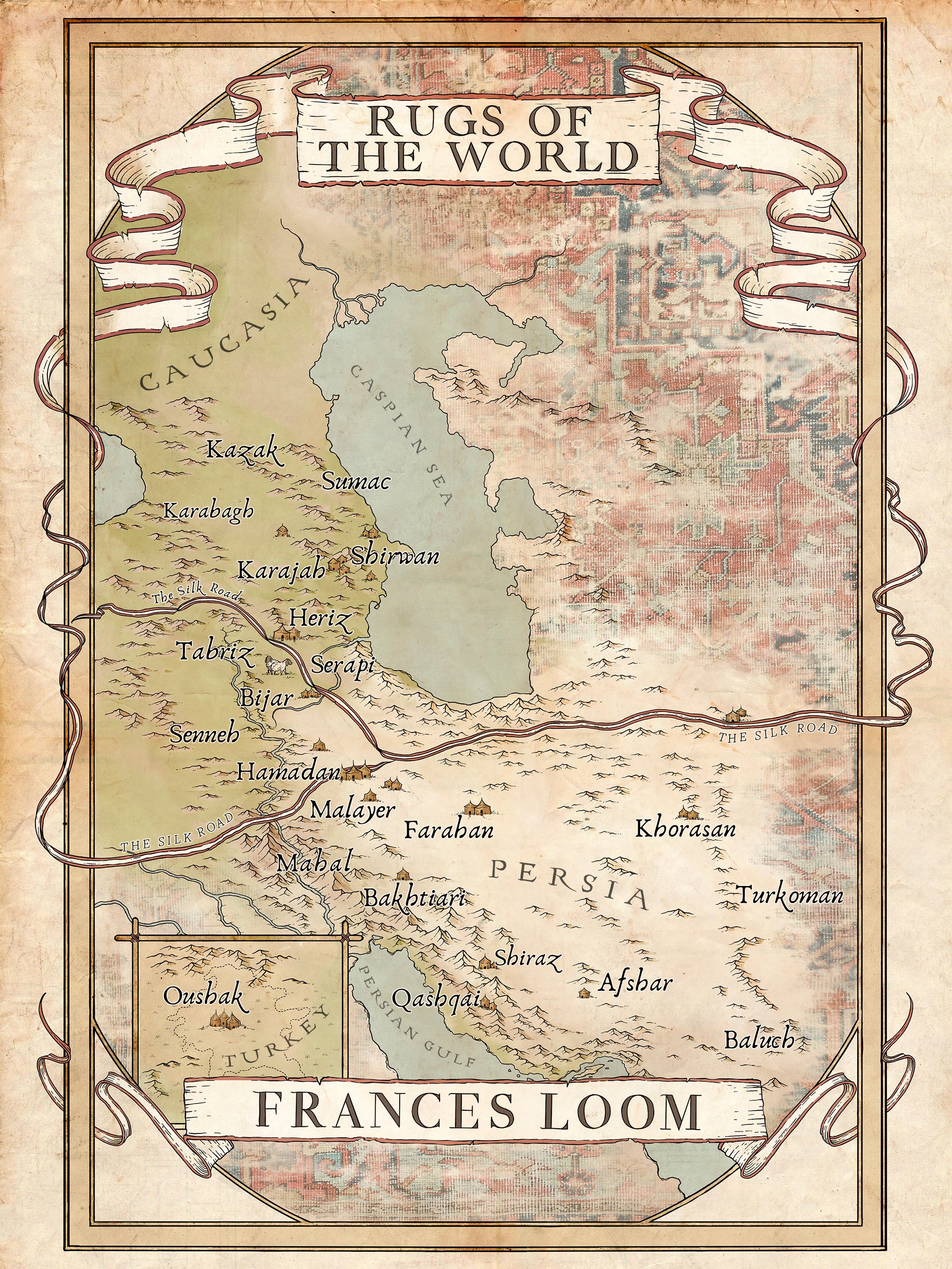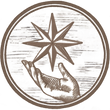HISTORY OF RUGS
One of the best things about antiques is the history they come with. The skilled people (mainly women) who wove these rugs, 100 years ago, took months or even years to complete one beautiful design. The stories the designs tell, from different regions, using different dyes and materials - all natural - are individual, no two the same.
Learn more about the regions our rugs come from and share in their rich history...










































